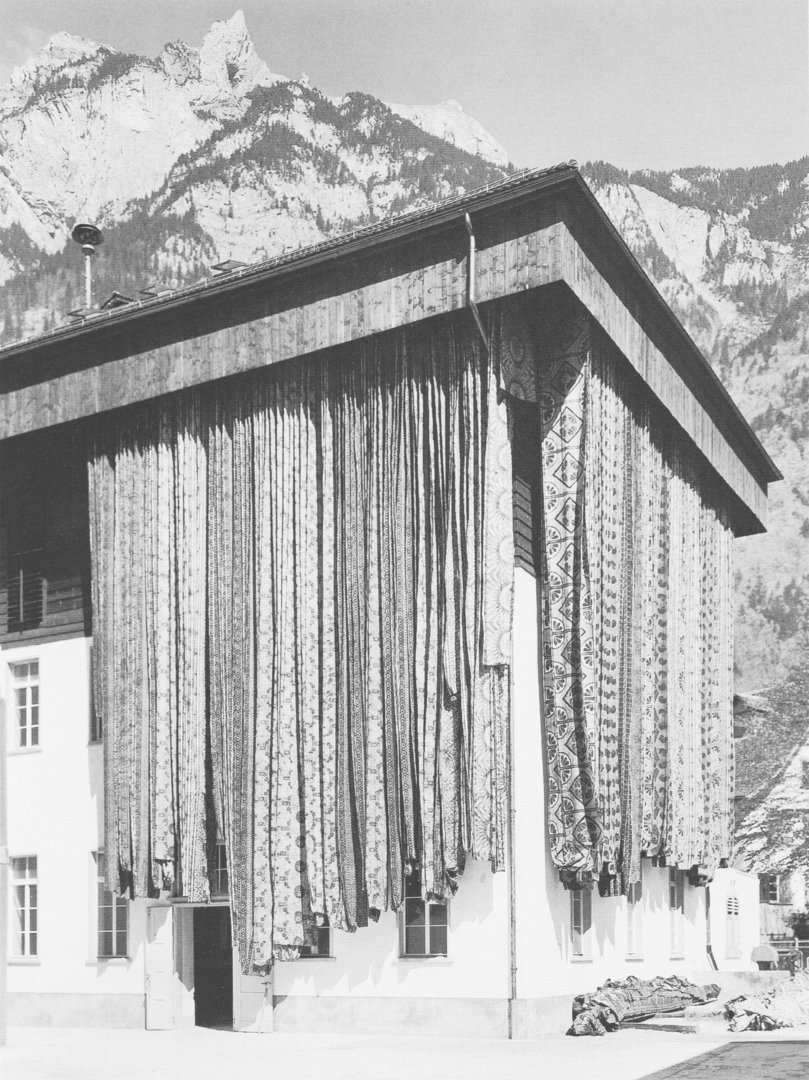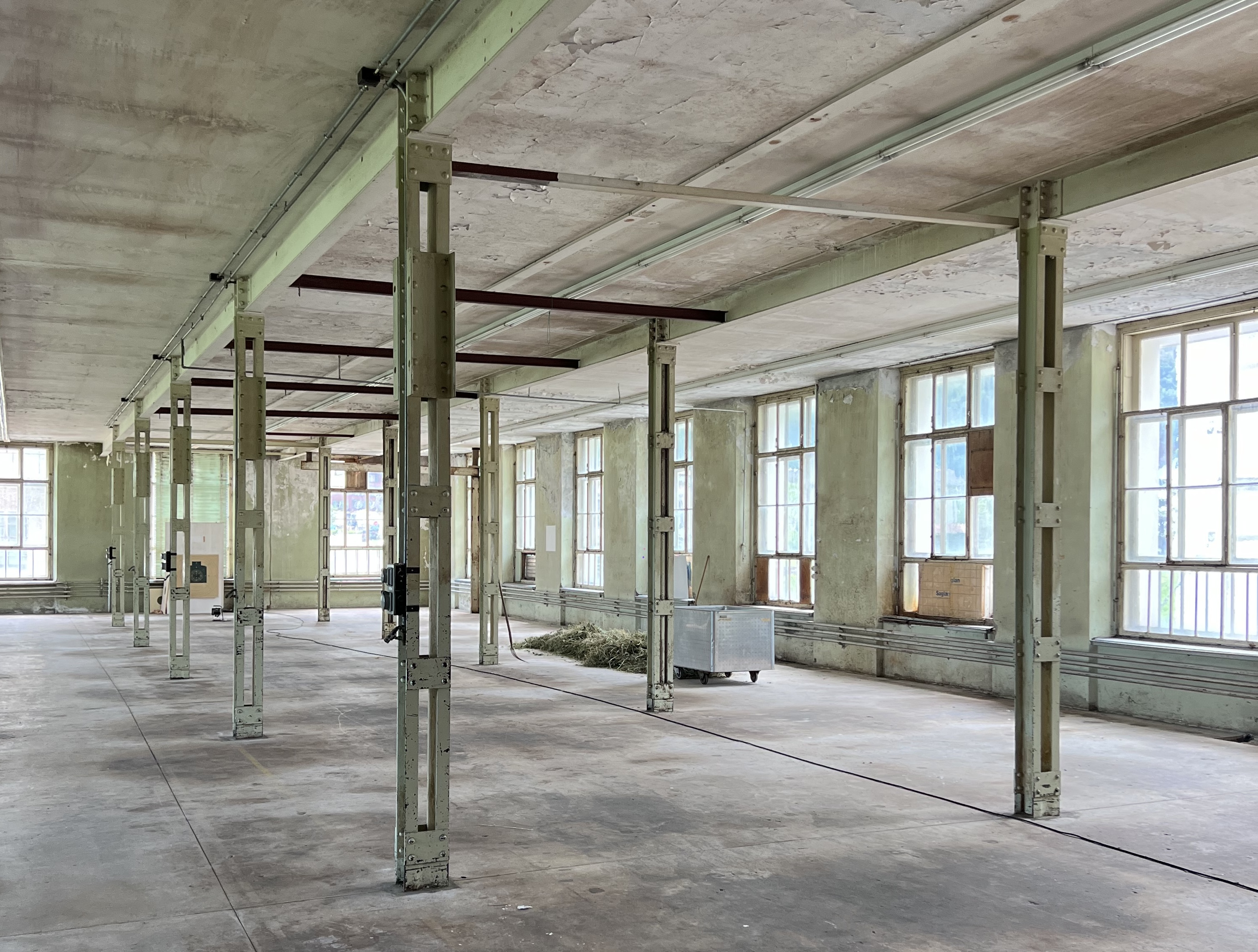Glarus - An Interwoven world - Glarus - An Interwoven world -

Reuse
Architecture is the art of spatial relating. The more relationships it initiates, the more references it establishes, the richer it becomes. In addition to spatial references, architecture can also create temporal references. This can be done indirectly, as it were, by quoting historical forms, using traditional crafts or archaic materials, or incorporating spolia - or it can be done directly, by reusing buildings that are already there. These do not have to be monuments. Banal built substance is also worth preserving - as a starting point for an architectural transformation that can remain very close to the existing structure, but can also completely overshape it.
We have all known for a long time that the further use of what is already there is an imperative of our time. But how architecture emerges from this is something we - as children of modernity - first have to find out again.
The unifying theme of the continued use of existing building structures will also be the focus of the last semester of Esch's guest professorship. After the initial focus on an inner-city location in the first year, followed by a small-town environment and a harbour area, we will now turn to the rural Alpine region.

Place
The examination of the valley of Glarus has shaken up some of the certainties in which we have comfortably settled. We thought the Alpine canton was rural, only to discover that we are dealing with a highly industrialised place. We thought industrialisation took place in urban milieus, only to find that it found even more fertile conditions in rural areas: technological avant-garde in an agrarian context!
In the Glarnerland, the textile industry triggered, fuelled and ultimately cursed industrialisation: yarns were spun, fabrics woven, felted and printed in the factories. The textile industry relocated to low-wage countries long ago, but the factory buildings are still there. They brought ‘the large, bright structures that are represented elsewhere by a monastery or a castle’ into the Glarus landscape, wrote Glarus architect Hans Leuzinger.
The fact that the Glarnerland was not so long ago a low-wage location that produced inexpensive imitations of Indian fabric designs for the African market is also one of the surprising insights that an examination of the place provides.

Production hall on the former Legler & Co. site. Picture Silvio Schubiger
Site
We have selected three factory sites the owners of which have opened their doors and shared their archives with us. What all the plants have in common is their relationship to water. Here, water is not a sensual element, but a source of energy. Where the factories themselves are no longer in operation, their hydroelectric power plants often continue to be – in many cases, they now represent the most profitable asset of the plant.
Of the three factories, one is empty and closed, another still produces on a small scale, and the third oscillates between high-tech production and craftsman's workshop. The locations of these areas and their development prospects are also very different: The maelstrom of the Zurich metropolitan region has long since reached the valley exit in Näfels. Trains run directly to Zurich, the motorway is on the doorstep, the development dynamic is strong, while the touristic appeal in the midst of the commercial sprawl is low. The further the journey takes you into the interior of the valley, the lower the dynamics are – and the more touching the beauty of the landscape becomes.
Important: We are looking for future scenarios for the areas under investigation, not for strategies for their preservation. With this in mind, we welcome bold interventions, conversions, transformations, partial demolition, reinterpretation.

Programme

